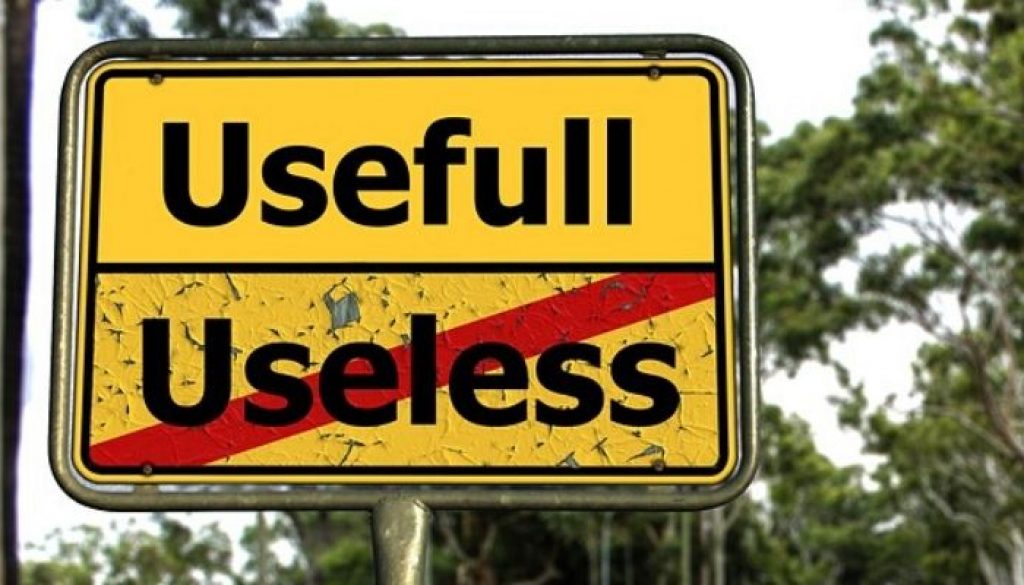Evidence Based Valuation Practice: Toward Real Price Indexing
As a first, fully-explained example of the EBV approach, I want to look at one of the earliest but more important applications of our new way of thinking – price indexing. We can simplify things by looking at what we were taught, in order to discard some unneeded convoluted complex concepts.
Real price indexing is possible. With Evidence Based Methods, market-specific price indexing becomes highly reliable, and exquisitely useful. It effectively expands the useful data set (more comps!), and makes other adjustment methods more precise and reliable! Nice, right?
It is the evolution from ‘time adjustments’ to ‘market conditions’ adjustments to price indexing.
We used to do ‘time’ adjustments — a line on the grid or the spreadsheet for the date the comp sold. It’s an element of comparison. But really, all I want to know is do I adjust up, down, and by how much . . . given a time difference.
It’s an adjustment
“Market conditions: An element of comparison in the sales comparison approach…” The Dictionary of Real Estate Appraisal, 5th ed., Appraisal Institute, p.120.
Then we were told that time is not what is being measured, but it is the change in market conditions. Of course . . .
We learned that market analysis is the study of market conditions. But seriously, all I want to know is how do I adjust — up, level, down, and by how much . . .
Specifically “market analysis is a study of market conditions for a specific type of property.” The Appraisal of Real Estate, 14th ed., p. 41.
Clarifying further, we are told it is: “A process for examining the demand for and supply of a property type and the geographic market area for that property type.” ARE, p. 300.
It gets worse:
“Although the process is commonly referred to as market analysis, all appraisals must include what is more precisely labeled a marketability study. A marketability study includes a critique of the subject property, a study of the economic environment in which it is and will be functioning, and an estimate of the subject property’s proportional capture of market demand.” ARE, p. 299.
But wait, there’s more!
“Although the adjustment for market conditions is often referred to as a “time” adjustment, time is not the cause of the adjustment. Market conditions that change over time create the need for an adjustment, not time itself.” ARE, p. 414
So — I must do a market analysis. Which means I must examine supply and demand. Which means for every appraisal I must do a marketability study (a critique of the subject, study of the economic environment, and proportional capture of market demand). And time is not the issue. . . Wow!
Still, all I want to know is do I adjust up, down, and by how much?
Now a new way.
First off, Time is the predictor variable.
The Evidence Based Paradigm cuts right through, to give the answer I need. Let’s put the above paragraphs in plain words. Buyer and seller negotiations reflect in price. For an existing property, we do not care about critiquing, the environment, or proportional capture. These all reflect in price.
For an existing stable property, not a hypothetical or prospective – that is all we need. Simple. Price is the master of all. It enfolds all the desired parts of a property. It is the result of market conditions. It is the result of many buyers doing their own market analysis. None of them contemplate what part of a market demand this one property will need to capture to get to stability. (We can consider the dynamic concept of capture, versus the static concept of market position, but that is a topic for another post).
A starting point for price indexing is the scatter plot.

The scatter plot is easy to create in any number of readily available programs, including Excel, Gnumeric, OpenOffice, R, and more. I personally use Gnumeric with the cleanest graphing menu that’s intuitive and always right before your eyes. In my Stats, Graphs, and Data Science classes, we always use Gnumeric, R, and RStudio. These are open source – free, gratis, no charge. Everyone has the exact same package, and gets exactly the same result in class. We have no wasted time trying to cope with different versions of paid software. Did I mention they’re free?
The plot above has the reported sale prices on the vertical (Y-axis), and time (yep!) on the horizontal (X-axis). Once the sales prices and sale dates are selected for the graph, the graph visually shows the trend of the data picked. Visually, (if we have picked the appropriate data set) we can visually estimate the subject position. Economists call this a prediction. The predicted variable is on the Y-axis. And the predictor variable (lo and behold the wonder), is time. Time. The price index, for this specific market segment, is declining $175 per day.
It is done. It is definite and determinate. It can only be challenged on the basis of the data input. The rest is pure math, and the modeling decision that the linear trend is appropriate.
Future posts here on this topic will explore the trend line, simple linear regression, and the “right data set. We will follow with all you need to to create exact and bullet-proof market-indexed sales prices.
Evidence Based Valuation Practice centers on finding, filtering, and organizing data using modern information technology. We learn and apply the practical new skills, refined judgment, and improved research techniques.

Measure the Neighborhood? - George Dell, SRA, MAI, ASA, CRE
February 15, 2023 @ 1:16 am
[…] Evidence Based Valuation (EBV)©, using modern data analytics – does depend on neighborhood description and characterization. However, the dependency is quite different from vintage appraisal thinking and appraisal form-filling. […]